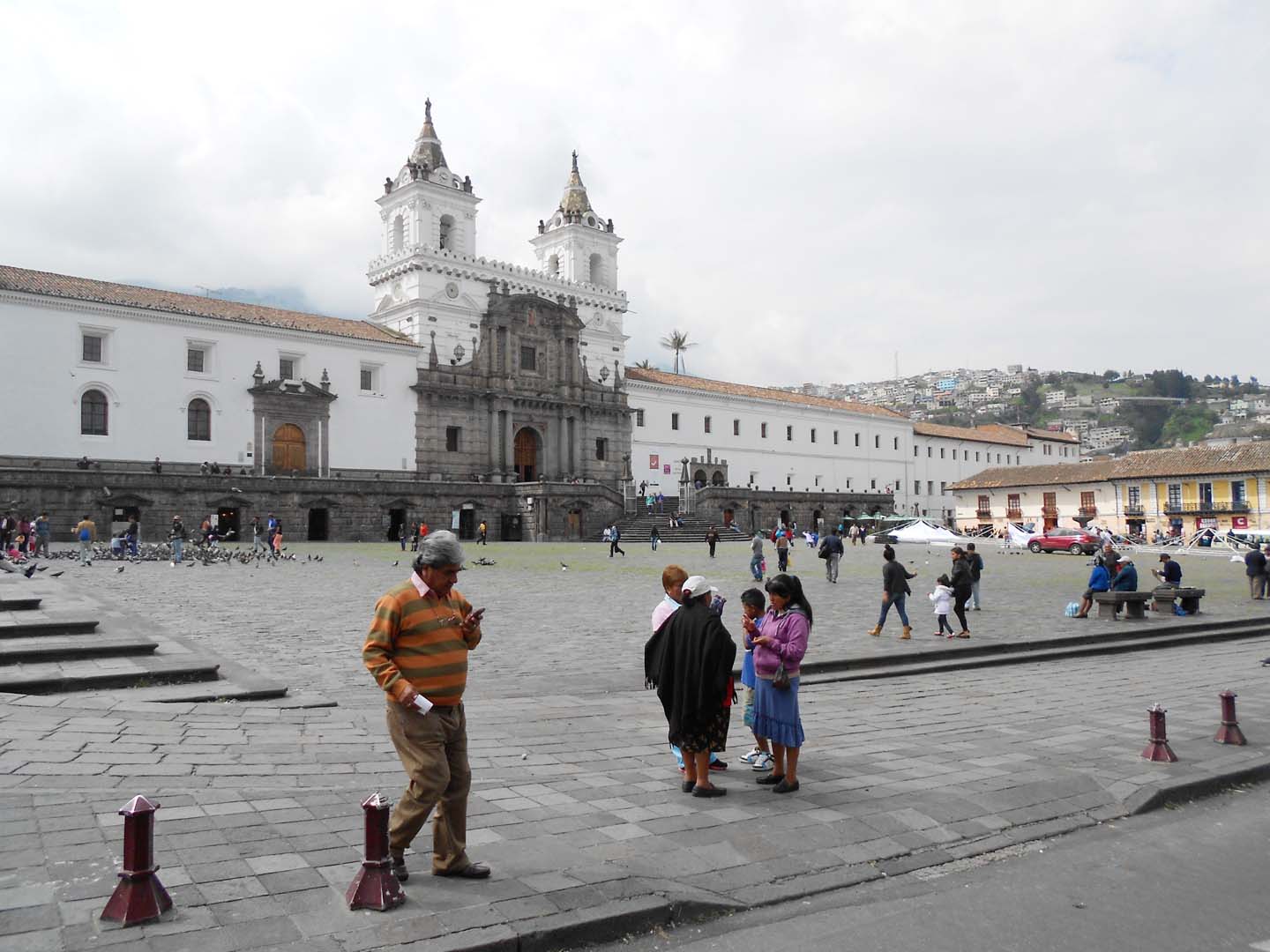First published in Tulay Fortnightly, Chinese-Filipino Digest 28, no. 6 (August 18-September 7, 2015): 8-11.
Ecuador, the smallest country in Latin America, has a population of 14.5 million and a geographical space that can be divided into three areas: the coastline on its western side, highly developed city of Guayaquil; its center a mountainous zone integrated to the Andean Cordillera and home to the capital city Quito; and finally an eastern side dominated by the Amazon forest.
A trip to Ecuador in 2014 made me reflect on China, the Chinese and the integration of this country in the international relations of the Pacific region.
Spanish colonization left its mark in Ecuador and there are obvious common denominators with the Philippines: the layout of cities, the presence of churches and the fiestas, most of which are held in the month of February.
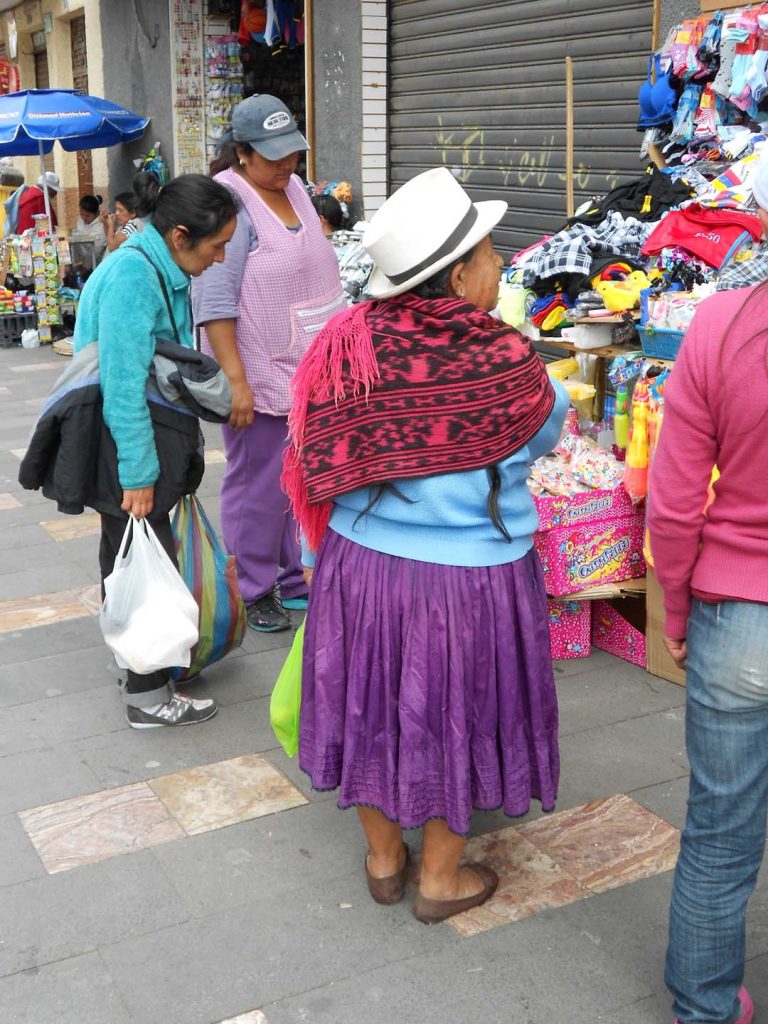
During these carnavales, as they are called there, people usually dress in traditional costumes and hold parades. Quito and the entire central region have an altitude of at least 3,000 meters.
From the city of Cuenca and in natural parks such as Cajas, one sees the flora and the famous llamas who freely roam there. The Galapagos archipelago has one of the richest environments in terms of animal diversity.
The Chinese in Ecuador
The Chinese populations are spread out unequally in Latin America. Brazil has the largest Chinese population with approximately 200,000, followed by Venezuela with 50,000, Paraguay with 40,000, Argentina and Panama with around 30,000 each, then Costa Rica where 20,000 Chinese reside, and finally Ecuador with only 16,500.
This number may be small but relations between China and Ecuador have strengthened. This figure actually accounts for a population coming from the new waves of Chinese migrants that increased starting 1999.
When in 2008 the Ecuadorian government decided to abolish the tourist visa needed for entering the country, it led to an explosive number of entries from Chinese nationals: between 2007 and 2008 their number tripled from 4,776 to 14,468. In 2013, 14,613 Chinese tourists entered Ecuador.
Ecuadorian President Rafael Correa opened the country to greater international flows, namely those induced by tourism. This measure matches heightened diplomatic relations between China and Ecuador, as the latter seeks to attract Chinese tourists.
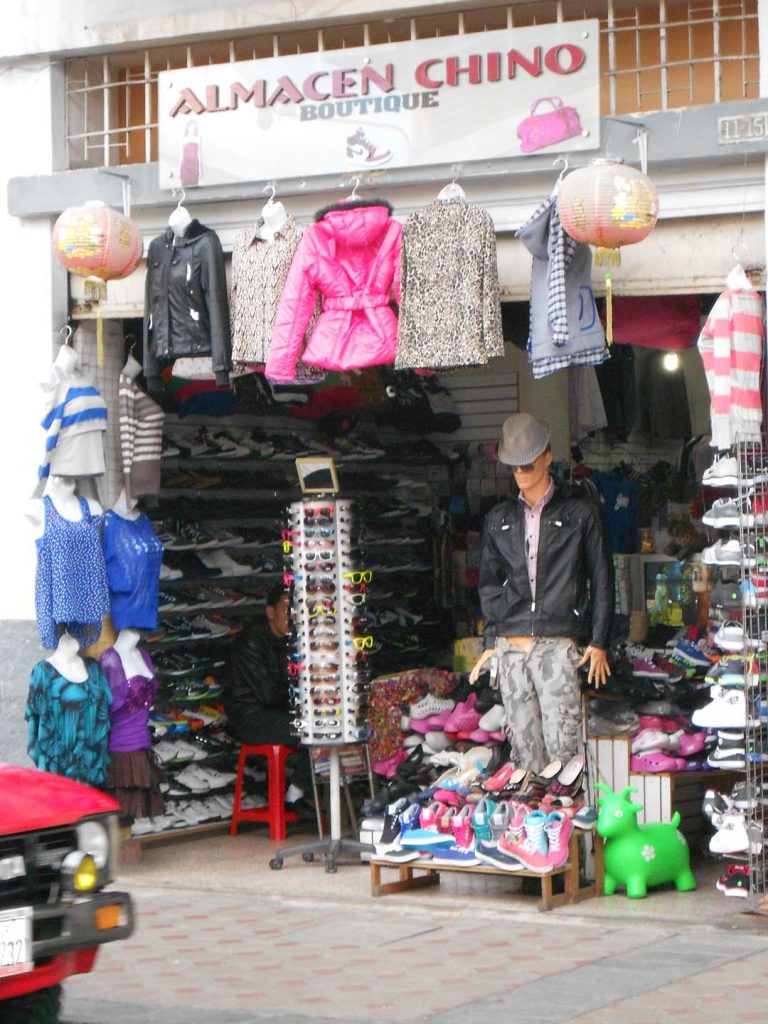
It must be noted that Ecuador is a country not easily accessible, except from Spain or from neighboring Latin American countries; and since there are no direct flights between China and Ecuador, two or three stopovers are necessary.
The no-visa measure raised questions, especially after observations were made regarding the entry and exit of those “Chinese tourists:” in 2008, records show that from the 14,468 that came in, only 7,314 exited Ecuador.
Authorities have been pondering over this situation with regards to Ecuador in its migratory plan: is Ecuador a country of destination or a transit country for the Chinese? Ecuador remains a door to the North American continent and networks of smugglers have been dismantled in Ecuador and the United States, a country which many of these migrating Chinese want to reach.
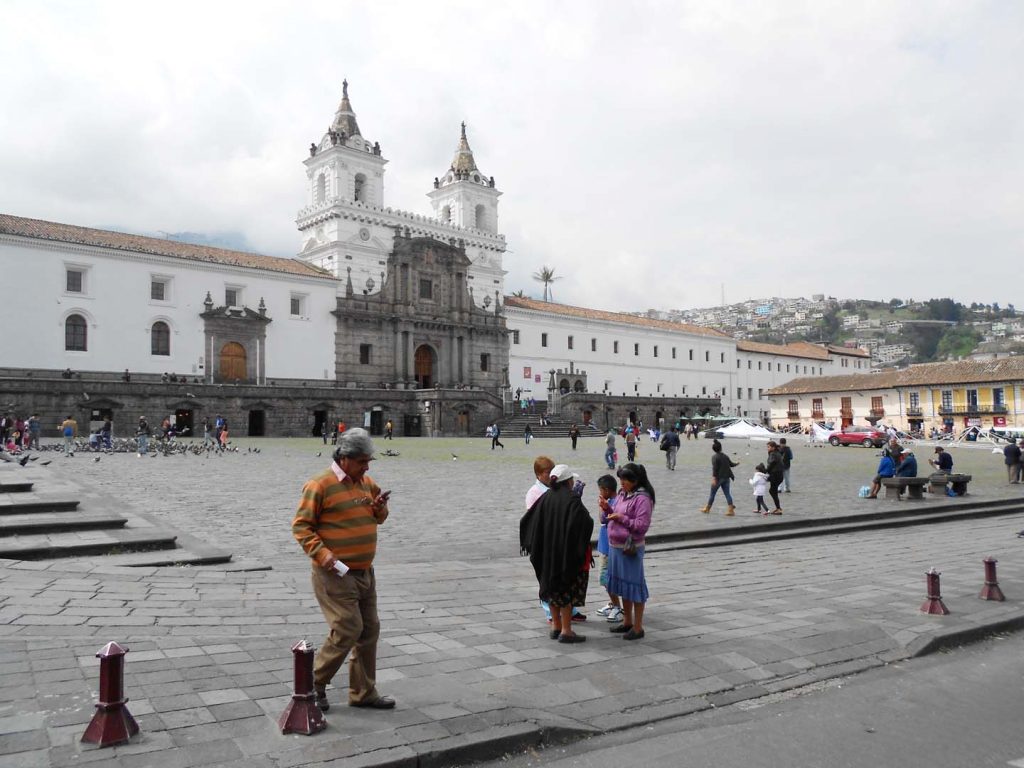
The “coyote” (document forger) system combines illicit networks of smuggling and of falsification of documents. Ecuador has become a country for transiting to the United States, passing by land through Columbia then Central America or Venezuela.
The cost of such a trip was estimated at US$40,000 to US$70,000 in 2014. The Chinese consulates in Ecuador have increased its vigilance against such human trafficking among the Chinese communities of Guayaquil and Quito.
Networks of this type have also been dismantled between Uruguay and Argentina involving nationals of these two countries.
In Brazil, the preferred destination is São Paulo.
New immigrants and Chinatowns
In Ecuador, very few permanent residency visas are granted to Chinese nationals, only approximately 400 per year, just like political refugee visas (62 issued in 2009). Very few Chinese are naturalized Ecuadorian, only a maximum of 13 people for example in 2008.
The increased controls seem to have helped limit the phenomenon: in 2013, out of the 14,613 Chinese who entered the country, 12,142 exited in a legal manner. In these migration movements, the proportion of men is more than 80 percent.
In 70 percent of these cases, Chinese migrants left China by themselves, with the intention of starting a a family, although Ecuador was not their first choice of destination. Fifty percent would have wanted to go to Argentina, Japan, the United Kingdom or the United States.
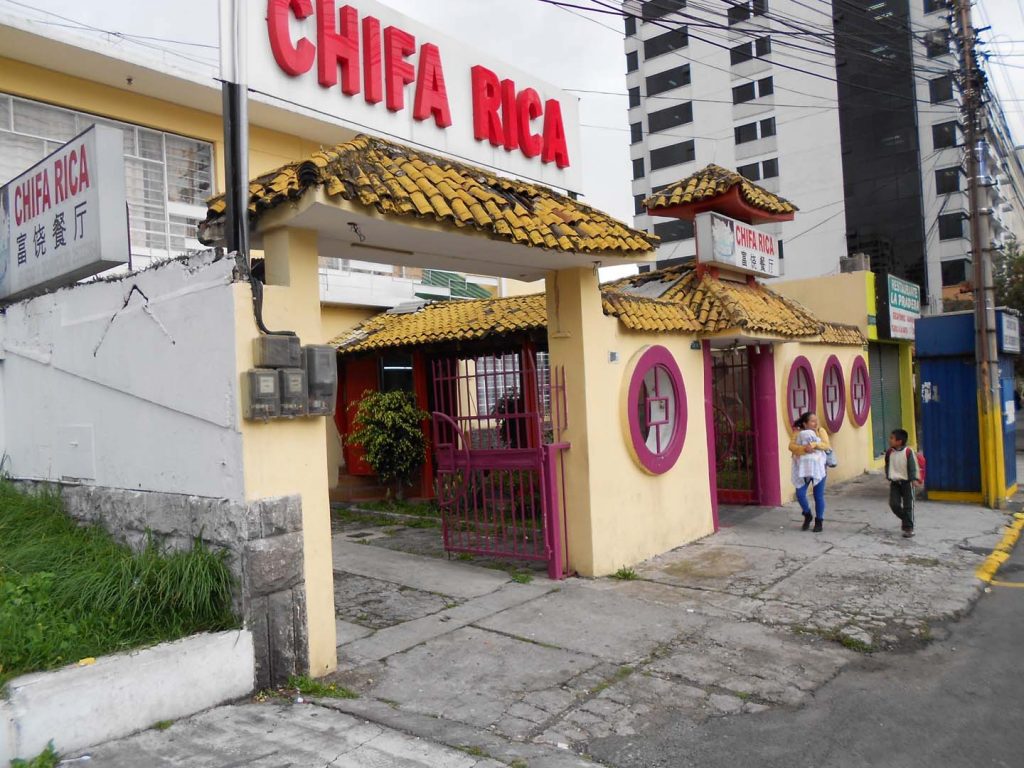
However, these migrants have followed well-developed migration networks. Low income in China seems to be the main reason for the migration: most of the migrants were earning a monthly average of US$117 in their country, whereas in Ecuador more than 60 percent of them earn between $500 to $1,000 per month.
But despite a seemingly flourishing economic climate in Ecuador, more than 80 percent of these migrants do not wish to settle there permanently and plan to return to China.
On the other hand, Chinese migrants who have lived for many years since the mid-1990s in countries now experiencing a difficult economic situation leave such countries. This is what happened to Chinese people residing in Spain for 20 years.
Speaking perfect Spanish, many of them (about 1,000) have moved to Guayaquil where they are mainly engaged in commerce (import of manufactured goods like textiles and other low-quality items).
A few years’ stay in Quito or Guayaquil seems necessary before some of them can establish themselves in the medium-sized cities of the country where competition between Chinese merchants is less intense.
In Cuenca for instance, the latter occupy commercial spaces located not far from the city’s wet markets. Latin America seems to remain an El Dorado for these Chinese migrants. These new migrants are mostly into the food business and many chifas (Chinese food restaurants) are present even in remote small cities.
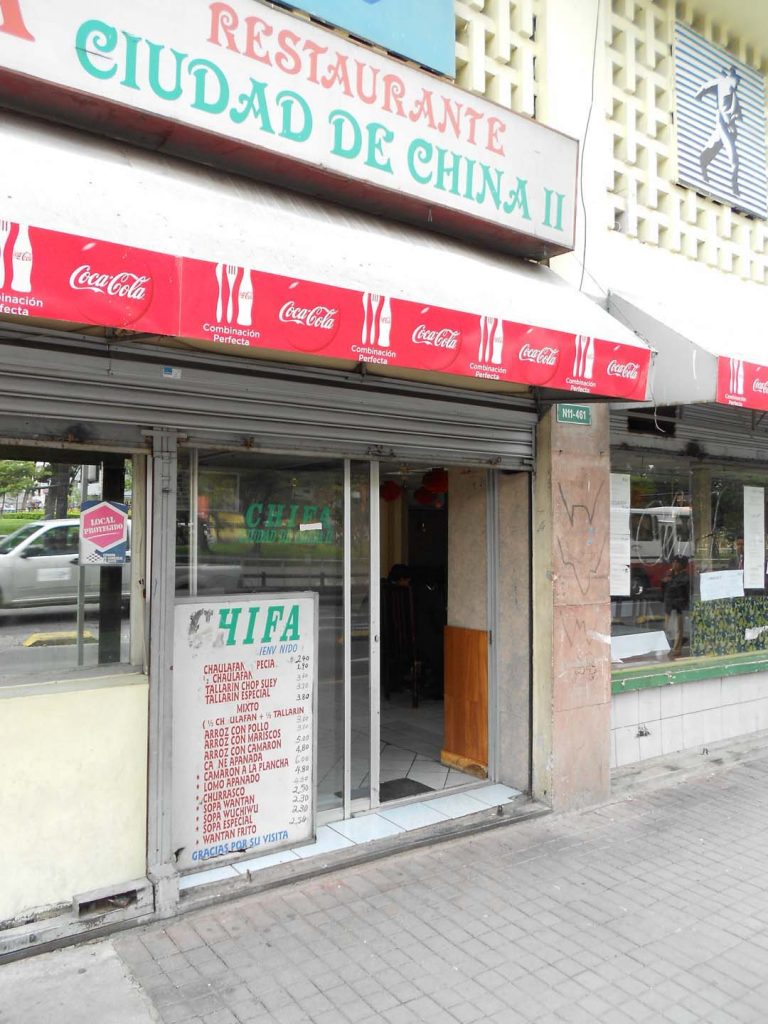
The wider variety of this kind of Chinese food establishment is found in Guayaquil and Quito, but most are low-end restaurants, which are preferred more by the Ecuadorian consumer.
The food offered is adapted to Ecuadorian taste, like the famous chaulafan or fried rice often topped with a gravy dish. Dimsum is also very popular.
These restaurants exist in all the big cities and not just in one district. In Quito, there is no Barrio Chino or Chinatown; and in Guayaquil, Colon Street seems to be the place with the most Chinese commercial establishments, though it cannot be qualified as a Chinatown.
In the city of Quevedo, the project of a Chinatown took shape in 2013 with gates marking the entrance to the district, and this became integrated with the city’s planning following some local initiatives as well as the support of the Chinese community.
In all the South American countries affected by Spanish colonization, Chinese workers (coolies) came and settled against their will.
The Chinese were part of the flow of workers organized by governments to help compensate for the lack of labor force (like in Cuba) or they were in maritime convoys with the Spanish, namely in the galleon trade with Manila: Chinese people arrived in Peru in that manner.
Chinese associations and businesses
The first Chinese migrants in Ecuador arrived in 1870 and the community was strengthened with the creation of associations.
The Sociedad de Beneficiencia Chino de Ecuador in Guayaquil was created 106 years ago. The community’s bonds were reinforced following the prohibition of Chinese migrants to enter the country in 1889. This law was abolished only in 1944.
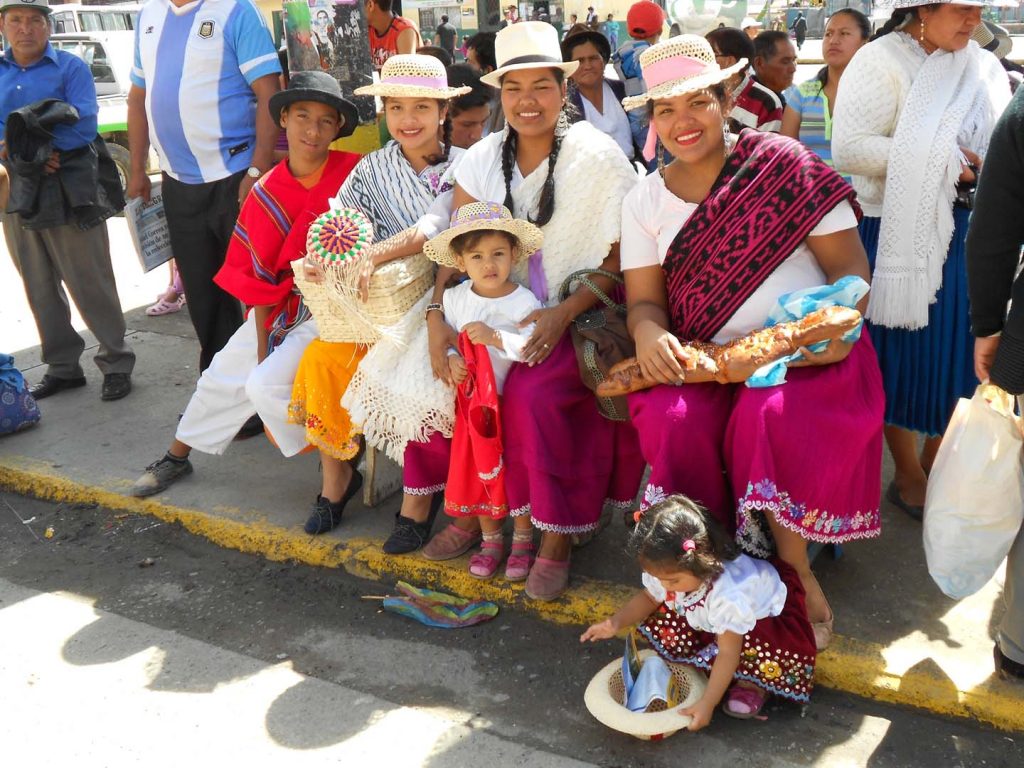
The initial goal of the association was to protect the Chinese from discrimination. The Chinese settled down by the sea where they had worked as coolies, and where economic activity is most intense, and here they first engaged in the usual commercial activities.
Their Chinese names were hispanized; for example, Chia transformed into Amen, Lee into Dillon, Leung into Leon, or Chang into Garcia.
With time and education, the new generations diversified their career paths. Now some of them head thriving businesses such as Chinamedic (pharmaceutical products), Borama (specializing in fruit juice products) or hardware companies.
In the government sector, Caroline Chang, who is of Chinese origin and a native of Guayaquil, held the highest functions under Rafael Correa’s administration.
With Ecuador’s drive to open up the country, the Chinese presence has become more visible, as proven by the arrival of migrants, as well as a current increase in contracts signed by Ecuador with China, particularly in the sectors of construction and hydrocarbons.
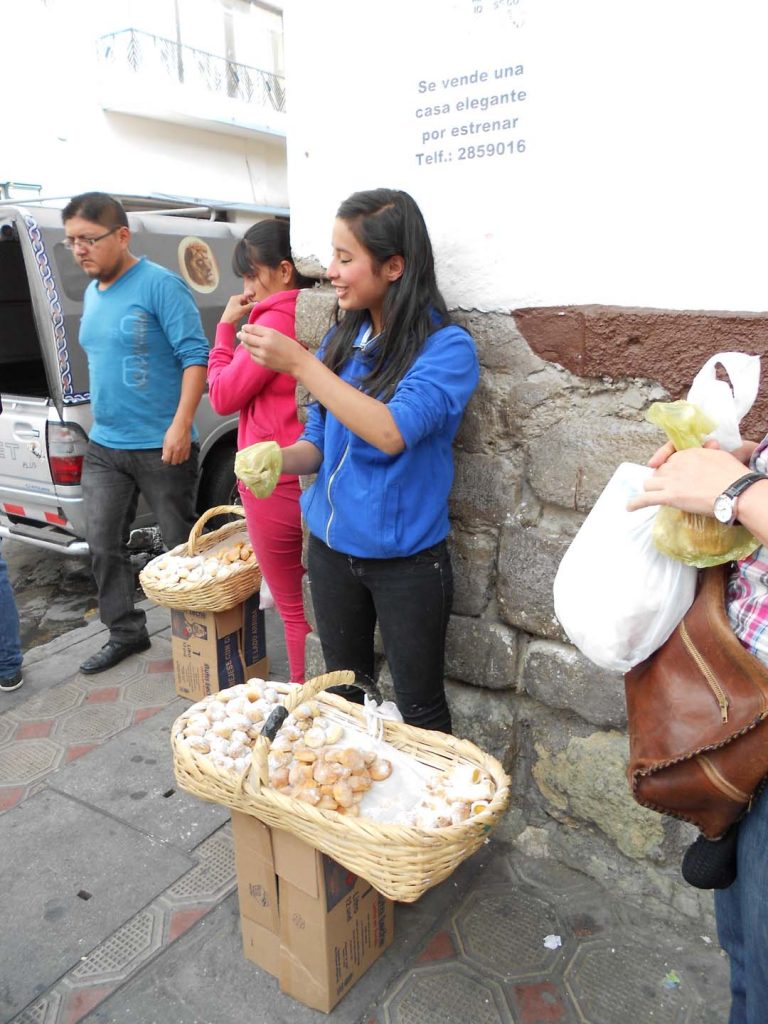
Around 70 Chinese companies are presently working in Ecuador on infrastructure projects, with Hydrochina Corporation in charge of building a hydroelectric dam. These construction companies directly source their employees from China and the local media regularly mention accidents or even deaths happening on the construction sites that these companies manage.
The other sector dominated by China is hydrocarbons. Some observers say that the selling of the oil sector to the Chinese is inevitable, given China’s contribution to help bail out Ecuador’s debt problems.But these observers also emphasize that Ecuador’s policy in this sector is not quite rational at a time when many states are nationalizing their oil sector.
Others denounce surrendering environmental protection to make way for oil drillings in the Amazon forest, particularly since there are tensions surrounding the Yasani park.
Oil represents 70 percent of Ecuador’s exports to China. Trade between China and Ecuador is very unbalanced: the latter exports raw products and imports manufactured products.
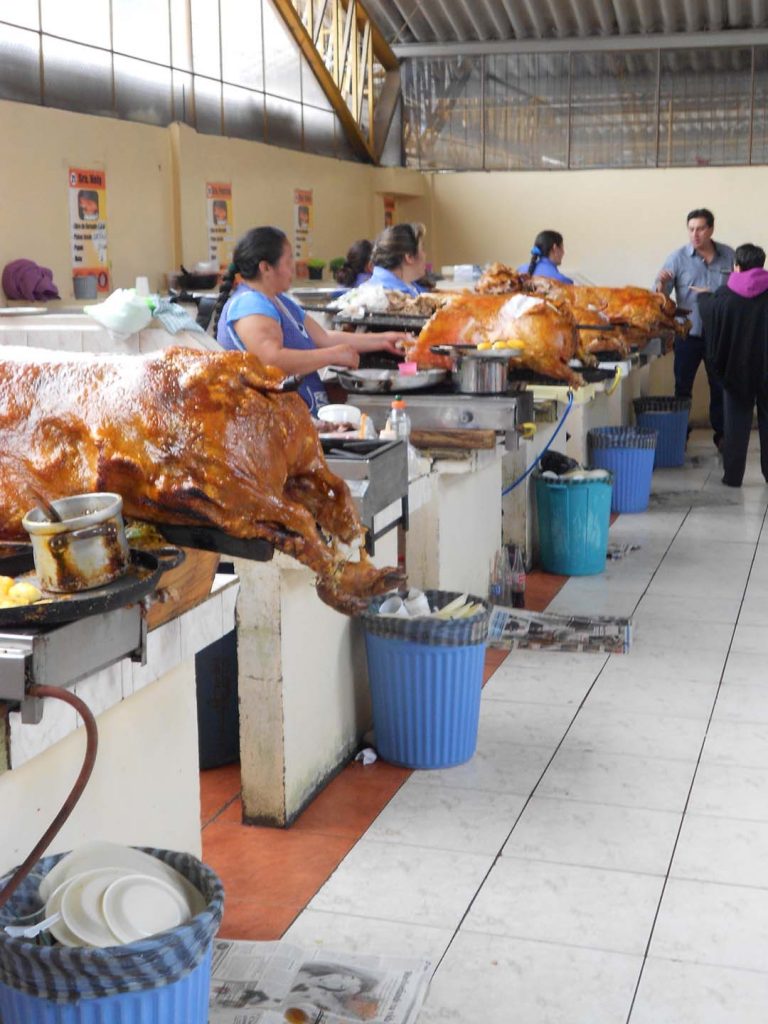
China seems most interested in the fruit sector as they imported thousands of tons of bananas in 2014.
In order to institutionalize trade relations between Ecuador and China, a chamber of commerce was created in 2005, the Cámara Ecuatoriana-China, based in Guayaquil and with one branch in Quito and another in Manta.
This chamber of commerce is headed by an Ecuadorian-Chinese, Vicente Wong, director of the Favorita Fruit Co. group.
The case of Ecuador is an example of the opening up of Latin America to the Pacific zone, with the inevitable intensification of its diplomatic and commercial relations with China.
The number of Chinese tourists seems to be stabilizing and the misuse of tourist visa to enter Ecuador as a place of transit to reach the United States has diminished.
